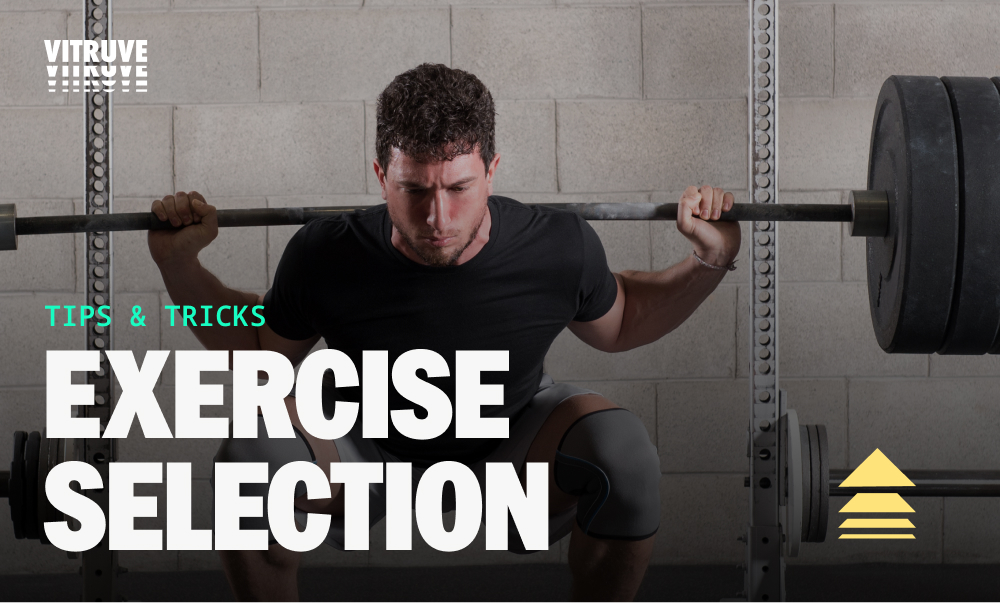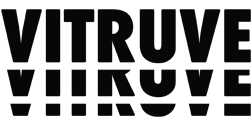18 de June de 2025
Braking Phase vs. Sticking Point: The Hidden Killers of Athletic Performance
Athletic performance is the harmonious interplay of movement, strength, and efficiency. However, two commonly overlooked concepts, the braking phase and the sticking point, often serve as silent barriers to progress. These factors can derail an athlete’s ability to move efficiently, generate power, or lift heavy loads, leading to compromised performance and potential injuries.
Understanding and addressing these hidden killers is crucial for coaches, trainers, and athletes striving to push limits. This guide dives deep into the mechanics of the braking phase and the sticking point illustrates their impact, and provides actionable strategies to overcome them.
What is the Braking Phase?
The braking phase, also known as the deceleration phase, refers to the controlled slowing down of movement in dynamic motions. It’s the point where the body decelerates for a subsequent acceleration or redirection. For instance, when an athlete makes a rapid change in direction during a sprint or slows down to stop after a jump, their body enters the braking phase.
The key muscles involved in this phase often act eccentrically, contracting while lengthening, to transfer kinetic energy and stabilize the body. Common examples include the quadriceps during downhill running or the hamstrings when decelerating after a sprint.
Key Characteristics of the Braking Phase:
- Eccentric loading: Muscles elongate while producing force to decelerate..
- Neuromuscular control: The body requires optimal coordination for balance and stability.
While the braking phase is essential for efficient movement, it can impede performance and increase injury risk when executed poorly.

Exercise Selection & VBT
The Impact of the Braking Phase on Performance
Inefficient braking mechanics can significantly hinder an athlete’s potential. If the braking phase is prolonged or poorly controlled, the athlete loses valuable milliseconds and struggles to transfer energy. This is particularly detrimental in sports that demand agility, explosiveness, and quick directional changes, such as basketball, soccer, and tennis.
Performance Issues Linked to the Braking Phase:
- Decreased Power Output: Ineffective braking limits an athlete’s ability to transition into the acceleration phase efficiently.
- Energy Leaks: Poor stability or alignment can result in inefficient force distribution, wasting energy.
- Injury Risk: Excess strain on joints and muscles during deceleration can increase the likelihood of ACL tears, hamstring strains, and other soft tissue injuries.
Not addressing braking inefficiencies can mean the difference between winning a race and being a step behind.
What is the Sticking Point?
The sticking point, on the other hand, is a specific challenge in resistance training. It refers to that one weak segment during a lift where the load feels the heaviest, and the movement risks stalling. It’s typically caused by a biomechanical disadvantage or inefficient muscle recruitment at that specific joint angle.
For example, during a bench press, lifters often struggle just after the barbell leaves their chest, as the muscles shift from maximum stretch to active contraction. This mechanical challenge often forces lifters to prematurely terminate a lift.
Key Contributing Factors to Sticking Points:
- Muscle imbalances: Stronger muscle groups dominate, leaving weak spots exposed.
- Mechanical leverage: Poor joint angles cause inefficiencies in force application.
- Fatigue: Suboptimal energy reserves limit high-force output.
While the sticking point is a natural phenomenon, its frequent occurrence during strength training can plateau progress.
The Impact of the Sticking Point on Strength Gains
Frequent sticking points result in reduced load execution and suboptimal strength development. Left unresolved, they can hinder athletic potential and even lead to over-compensatory strategies, increasing the potential for imbalances and injuries.
Performance Impact of the Sticking Point:
- Strength Plateaus: Prolonged sticking points limit the ability to progress to higher loads.
- Reduced Power Output: Inefficient force generation can diminish explosive strength.
- Overuse Injuries: Repetitive compensation patterns lead to poor lifting mechanics.
For strength and conditioning coaches and athletes aiming to push their benchmarks safely, understanding and targeting the sticking point should take priority.
Practical Strategies to Improve the Braking Phase
Addressing the braking phase demands a multi-faceted approach, focusing on strength, neuromuscular coordination, and technique refinement.
1. Eccentric Strength Training
Eccentric exercises help athletes develop the ability to transfer and control force efficiently. Key exercises include:
- Nordic Hamstring Curls
- Single-Leg Romanian Deadlifts
- Eccentric Bulgarian Split Squats
2. Plyometric Deceleration Drills
Drills that involve controlled landings or stops enhance braking efficiency. Examples:
- Jump and Stick
- Medicine Ball Slams with Controlled Follow-Through
- Fast Eccentric Lifts
3. Core Stability Work
Core strength improves balance and force transfer during deceleration. Recommended exercises:
- Pallof Press
- Side Plank with Reach-Through
- Dead Bug
4. Analyze and Correct Technique
Use video analysis to detect inefficient braking mechanics and adjust running or cutting form accordingly. Proper alignment during deceleration reduces energy leaks.
Practical Strategies to Overcome the Sticking Point
To address the sticking point in strength training, athletes and coaches must focus on targeted improvements in strength and technique.
1. Pause Reps
Integrate pause repetitions at the sticking point to train stability and strength at the weakest range of motion. For example:
- Pause Squats
- Pause Bench Press
- Pause Deadlifts
2. Isometric Holds
Isometrics build strength at specific joint angles, particularly around the sticking point. Recommended exercises include:
- Isometric Bench Press (holding halfway up)
- Overcoming Isometric Rows
3. Strengthen Opposing Muscle Groups
Address muscular imbalances to improve joint stability. For example, if a lifter struggles during the bench press, strengthening the upper back and triceps can improve overall lift capacity.
4. Accommodating Resistance
Using bands or chains allows resistance to increase as the lift progresses past the sticking point, training the athlete to generate consistent force throughout the movement.
Build Efficient Athletes and Stronger Lifters
Athletic performance thrives on the optimization of every microsecond and every movement. By addressing inefficiencies in the braking phase and sticking points, coaches and athletes can unlock unprecedented levels of power, speed, and strength.
Whether you’re aiming to create the next generation of high-performing athletes or simply helping someone set a new personal lifting record, these strategies will serve as critical tools in your arsenal.
If this topic resonated with you, the eBook goes even further. From exercise classification to load prescription with velocity zones, it’s a complete guide for smarter programming. Download the Free eBook Here
To elevate your training and coaching further, consider deep-diving into performance tools and programs designed to optimize every aspect of movement. Your athletes’ success depends on it.
